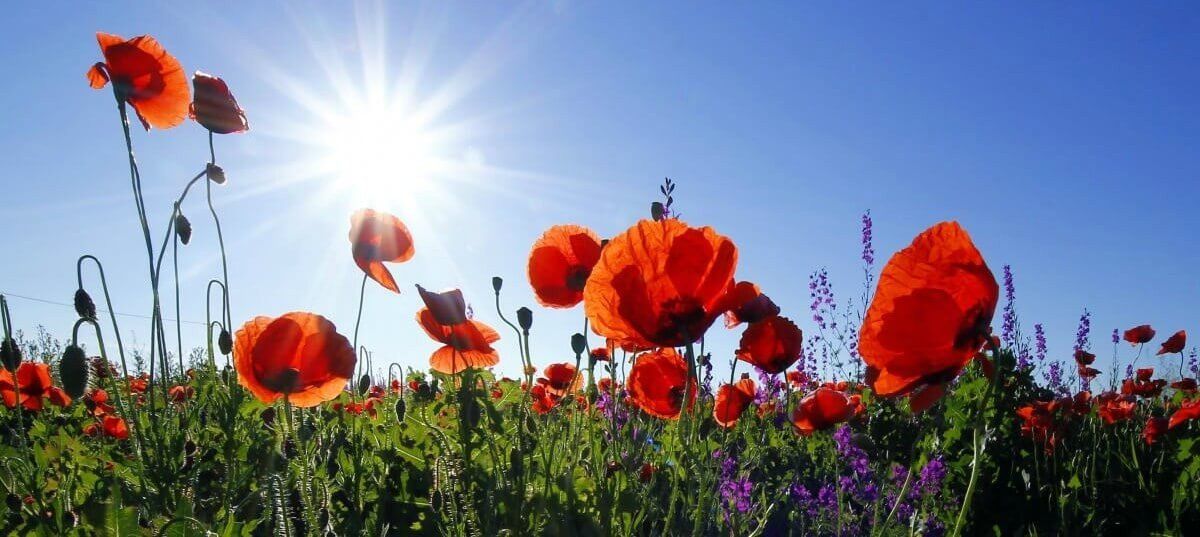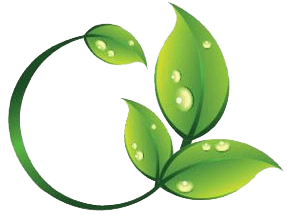Climate Control
How to monitor the key elements
Climate control is a subject that hit the news in a big way back in the 1980's and we have heard so much on the subject it can easily be disregarded. Then when it comes to the subject of controlling the indoor climate for for plants it can be easy to assume that we have it all taken care of. There are some important elements to consider though.
Firstly, let's consider the key elements of a plant. A dry plant typically consists of 45% oxygen, 45% carbon and 6% hydrogen. This is effectively the water and carbon dioxide within the plant which is what the plant takes in as it breathes and transpires the water. So given the volume of these substances it is important to make the plant sweat in a healthy fashion without burning it out.
In terms of environmental conditions, the most obvious ones are perhaps the humidity and temperature of the growroom. Other aspects to definitely take into account are the...
- Water temperature
- Concentration of nutrients in the water
- Frequency of watering
- Wind (in terms of fan ventilation)
- Light intensity, quality and duration
Some of these, and more, are discussed below.
Light Intensity
Light intensity is a massive factor for your growth and the light source has a big influence because it is your plant's energy source during photosynthesis. There are many different styles of lighting that are available and we recommend HPS bulbs.The benefit of these over LED lighting is that the reflector shades can be adjusted or altered such that the spread area of the light is exactly as desired.
Other lighting that is sometimes considered by growers is HID (high intensity discharge) and whilst good in some respects we do not recommend these due to the radiant heat that emanates from them. It is difficult to assess and predict, and tricky to eliminate with the air movement from a fan. What then occurs is that certain parts of the canopy are above their ideal temperature. What a plant then does to alleviate this is to close some of its stomata to preserve water. As a result these areas will not photosynthesise and will leave you plant short of energy. Droopy leaves is a telltale sign of this and in any case with any lighting simply moving the lighting up by a few inches can help them return back to life.
Root Temperature
Keeping the root temperature at a level close to the ambient air conditions will encourage more nutrient delivering sap to progress from the roots to the plant and as well as feeding this will also further help to balance the temperature within it.
This is worth remembering because the dynamics of air means its temperature changes far swifter than that of the soil yet it is easy to assume that all parts of the growroom environment are at a similar level.
Air Temperature
Whilst the cooling of the growroom is commonplace whilst the lighting is on it is important to also consider the heating during the dormant periods. Rooms naturally cool down during the night time and heating them up creates a risk of cooking the plants.
However, ambient warmth is important to ensure the sap transfers the nutrients from the roots to the upper plant.
A good method to achieve this is to power your fan and lights through a multi-timer such as this one from Widow.
This means that when the lighting is off, the fans are also off.
For the heating, there is a wireless thermostat
from Lighthouse that will help to ensure the ambient temperature is at its ideal level. Some of the great heaters we supply can be seen here.
In terms of air temperature and movement, a filteris always a great idea as it can eliminate the scent from plants at their flowering or vegetating stage. Plants such as sage and onion are a good example as they can give it a right stuffing!


